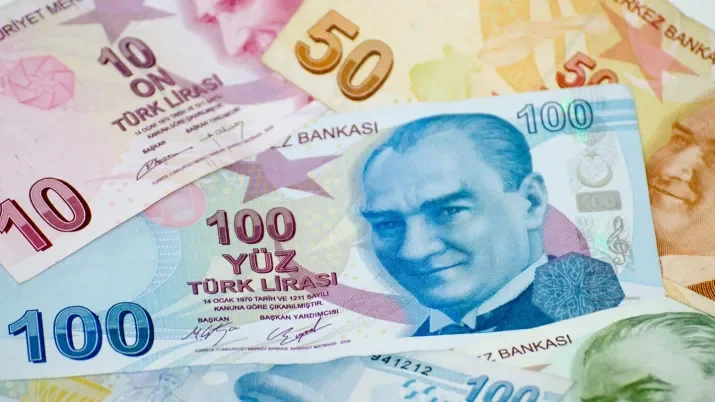US Treasuries Break Through 3% on their Way to 3.25%
A few weeks ago we wrote about the geopolitical risks helping to keep credit spreads wider in Europe and the UK and keeping a lid on US Treasury yields ( Is It Time to Buy the Dip? ). We noted that Turkey, Italy and US-China trade talks were all factors that would need to be at least partly resolved before we could see a rally in risk assets. We also felt that 10-year Treasury yields were around 50bp lower than they would be without these headwinds.
Since then there has definitely been progress in Turkey with the central bank seeking to regain its credibility by hiking its one week repo rate to 24%, which was 300bp more than markets were expecting. The Turkish lira has stabilised and Turkish assets have begun to recover some of the lost ground since Erdogan was re-elected. For many investors in EM, having some resolution in Turkey was going to be a catalyst to revisit cheaper EM asset prices in general. The result has been a return to inflows into local currency bond funds and a first wave of asset managers calling for EM equities to rally in the final quarter of this year.
In Italy the populist government is seemingly taking a more pragmatic step towards implementing its electoral promises. Fears of a clash with the EU over a potentially excessive budget deficit have dissipated as a more sensible deficit in the region of 2% has been suggested. Both sides of the populist government have apparently headed warnings from the neutral finance minister that their loose talk was harming the long term prospects of the economy. The consequence has been a powerful rally in BTP yields in the last two weeks, though like the Turkey situation, assets prices are still well below levels seen in the spring.
So there has certainly been progress on two of the three large headwinds that we highlighted in August. What about the third?
While it is hard to say there has been progress on trade talks, with both the US and China announcing another wave of fresh tariffs and threatening ultimately to tax all of each other’s imports, it certainly feels that this is now priced in. So achieving an escalation from here would really be another chapter. Evidence of this could be seen in Treasury prices, which perhaps should have rallied earlier this week when the latest fresh tariffs were announced. Instead 10-year yields, which had again broken through 3% for the third time this year actually went on to finish the day at 3.06%. Despite a large short base, it feels like the risks are skewed towards higher yields rather than lower as the anchor of bad geopolitical news is slowly releasing itself.
Whilst there is still a lot that can happen in each of these three examples to change the picture either way, we would maintain our forecast for 10-year Treasuries to finish the year at 3.25% or higher. Therefore, despite the move above 3% we maintain our preference for keeping rates exposure short dated but in in large volume, as liquidity is going to be a valuable asset in this tricky phase of the cycle.
As an aside, we note that while two-year yields have recently made post-GFC highs, moving to 2.80% to make the 2s-10s curve very nearly flat, they have still had the best performance and lowest volatility of all the bonds in the two- to 10-year UST range.


